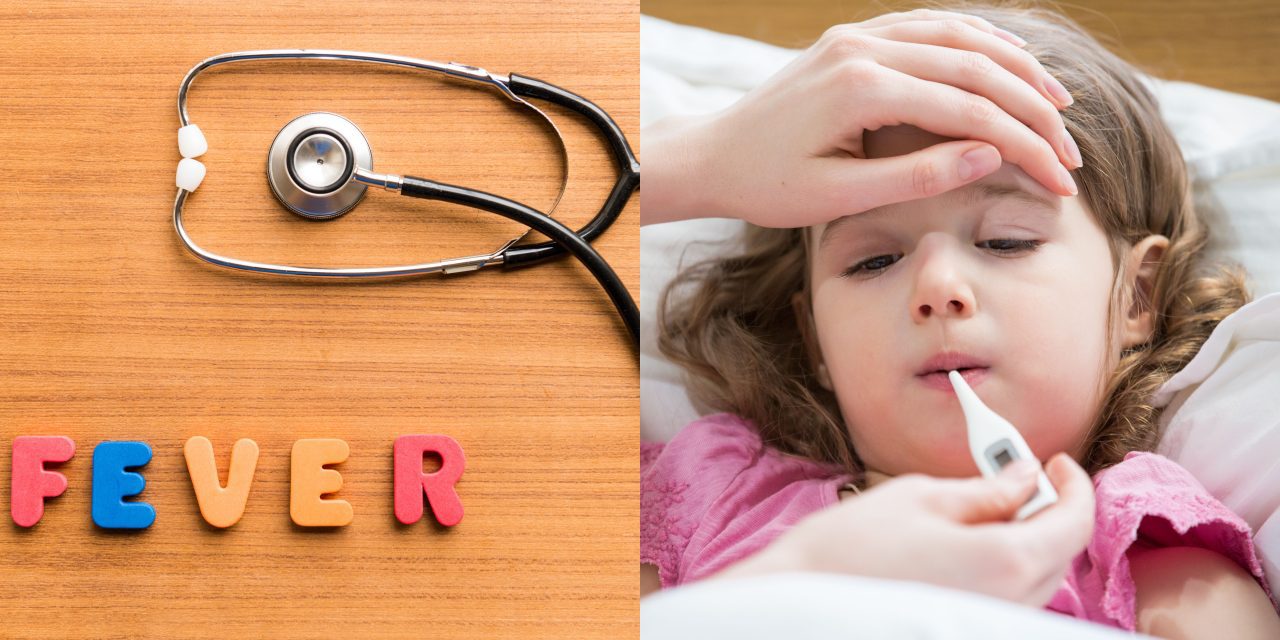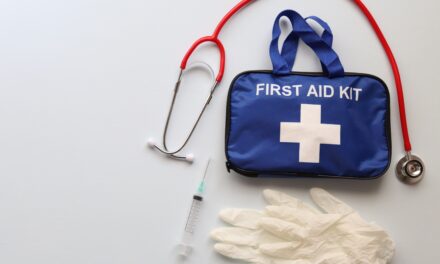Introduction
As humans, we experience a variety of physical sensations and symptoms throughout our lifetime. One of the most common symptoms we experience is fever. Fever is a rise in body temperature above the normal range due to various factors, including infections, inflammation, and other medical conditions. In this article, we will explore what fever is, the causes of fever, the symptoms associated with fever, and the treatment options available.
Table of Contents
- What is this
- The Causes
- The Symptoms
- The Diagnosis
- The Treatment Options
- When to Seek Medical Attention
- Prevention
- Frequently Asked Questions (FAQs)

What is Fever?
Fever is an increase in body temperature above the normal range, which is typically around 98.6°F (37°C) for humans. This is a common response to various medical conditions and can be a sign that the body is fighting off an infection. In most cases, this is not harmful and is actually a beneficial response to an illness or infection. It is a signal that the immune system is working to combat an infection or illness.
The Causes of Fever
This is typically cause by an infection, which can be bacterial, viral, or fungal. Other medical conditions can also cause fever, such as autoimmune disorders, inflammation, and some medications. Some common causes of this include:
- Infections such as colds or Allergic rhinitis, flu, and pneumonia
- Bacterial infections such as strep throat and urinary tract infections
- Viral infections such as chickenpox and measles
- Inflammatory conditions such as rheumatoid arthritis and lupus
- Medications such as antibiotics and antihistamines
- Cancer
- Heat exhaustion or heat stroke
The Symptoms of fever
The symptoms associated with that can vary depending on the underlying cause of this. However, some common symptoms of fever include:
- High body temperature
- Chills and shivering
- Sweating
- Headache
- Muscle aches and joint pain
- Fatigue
- Loss of appetite
- Dehydration
The Diagnosis of Fever
To diagnose this, a healthcare professional will typically measure a person’s body temperature using a thermometer. A normal body temperature is usually around 98.6°F (37°C). A temperature of 100.4°F (38°C) or higher is considering a fever. In some cases, additional tests may be need to determine the underlying cause of this, such as blood tests or imaging tests.
The Treatment Options for fever
The treatment options for this depend on the underlying cause of the fever. In many cases, this is not harmful and will go away on its own without treatment. However, some treatments may be recommended to help relieve symptoms, such as:
- Over-the-counter medications such as acetaminophen or ibuprofen to reduce It and relieve pain.
- Plenty of rest and fluids to prevent dehydration.
- Treatment of the underlying medical condition causing the fever, such as antibiotics for a bacterial infection.
When to Seek Medical Attention

In most cases, this is not harmful and will go away on its own without treatment. However, in some cases, It can be a sign of a more serious medical condition and medical attention should be sought immediately. Some signs and symptoms that may indicate a more serious condition include:
- High fever (above 104°F or 40°C)
- Seizures
- Confusion or delirium
- Severe headache or neck pain
- Difficulty breathing
- Severe vomiting or diarrhea
Prevention of Fever
Prevention of this involves taking steps to reduce the risk of infections and other medical conditions that can cause this. Some steps that can be take to prevent this include:
- Practicing good hygiene, such as washing hands frequently and covering the mouth and nose when coughing or sneezing.
- Getting vaccinated for illnesses such as the flu and pneumonia.
- Taking steps to prevent the spread of infections, such as staying home when sick and avoiding close contact with others who are sick.
- Taking medications as prescribed and following recommended dosages.
Conclusion
This is a natural response of the body to an infection or illness, and is usually not dangerous. However, it can be uncomfortable and alarming, especially when it is accompanied by other symptoms.
Knowing the causes and symptoms of this, as well as how to treat and prevent it, can help you stay healthy and avoid complications. Remember to always seek medical attention if you have a high fever or other concerning symptoms and to follow good hygiene practices to reduce the risk of infections.
By taking these simple steps, you can stay well-informed and prepared to manage fever if it arises.
It’s important to work closely with a healthcare professional to create a home treatment plan that is right for you. They can also help you to monitor your progress and make adjustments to your treatment plan as needed.
Frequently Asked Questions (FAQs)
Is fever dangerous?
This is not dangerous in most cases and is actually a beneficial response to an infection or illness. However, high fevers or fevers accompanied by other symptoms may indicate a more serious medical condition and should be evaluated by a healthcare professional.
Can fever be treated at home?
In many cases, Its can be treat at home with over-the-counter medications and plenty of rest and fluids. However, if this is high or accompanied by other symptoms, medical attention should be sought.
How long does a fever typically last?
The duration of this can vary depending on the underlying cause. In most cases, It will go away on its own within a few days to a week
Can fever be prevented?
It can be prevent by taking steps to reduce the risk of infections and other medical conditions that can cause fever. such as practicing good hygiene and getting vaccinated.
What is considered a high fever?
A high fever is typically consider a temperature of 104°F (40°C) or higher. However, what is considering it can vary depending on age, overall health, and other factors.
Learn more about this disease






As soon as I discovered this website I went on reddit to share some of the love with them.
Hey would you mind letting me know which webhost you’re utilizing? I’ve loaded your blog in 3 completely different internet browsers and I must say this blog loads a lot quicker then most. Can you recommend a good internet hosting provider at a fair price? Cheers, I appreciate it!
Keep functioning ,great job!
Your point of view caught my eye and was very interesting. Thanks. I have a question for you.
of course like your website but you have to check the spelling on several of your posts A number of them are rife with spelling issues and I in finding it very troublesome to inform the reality on the other hand I will certainly come back again
Can you be more specific about the content of your article? After reading it, I still have some doubts. Hope you can help me.
Thanks for sharing. I read many of your blog posts, cool, your blog is very good.
Your article helped me a lot, is there any more related content? Thanks!
Your point of view caught my eye and was very interesting. Thanks. I have a question for you.
You really make it seem really easy with your presentation but I to find this matter to be really something which I think I would never understand. It sort of feels too complicated and very large for me. I’m taking a look ahead to your next put up, I will try to get the hang of it!
Thank you for your sharing. I am worried that I lack creative ideas. It is your article that makes me full of hope. Thank you. But, I have a question, can you help me?
I love your writing style genuinely loving this site.
At BWER Company, we specialize in weighbridge solutions tailored to Iraq’s diverse industries, ensuring accurate weight management, efficient operations, and compliance with international quality standards.
Usually I do not read post on blogs, but I would like to say that this write-up very forced me to try and do so! Your writing style has been surprised me. Thanks, quite nice post.
Thanks for sharing. I read many of your blog posts, cool, your blog is very good.
The commitment to high quality content really shows. I’m always excited to read The work.
The insights are like a favorite book; I find new treasures each time I return.
I don’t think the title of your article matches the content lol. Just kidding, mainly because I had some doubts after reading the article.
Some genuinely fantastic blog posts on this web site, thanks for contribution.
I really like reading through a post that can make men and women think. Also, thank you for allowing me to comment!
The ability to convey nuanced ideas with clarity is as alluring as a whispered secret.
Thank you for your sharing. I am worried that I lack creative ideas. It is your article that makes me full of hope. Thank you. But, I have a question, can you help me?